Our permanent research collection consists of more than 16,000 objects, most of which are ethnographic. Current strengths include holdings from the U.S. Southwest and the Pacific Islands, and basketry from California. Our searchable online database features the entire Anthropology collection, including digital images for every piece.
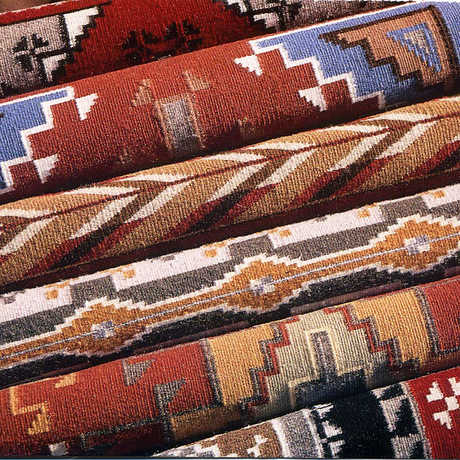
Made in England: A Collection of Navajo-Style Rugs
Included in the Academy’s Anthropology collection is a unique group of contemporary Navajo-style rugs. These rugs were woven not by Navajo Indians, but by an English couple, Margaret and Tony Shuffrey, who, upon their first visit to the American Southwest in 1980, immediately became enthralled by Navajo culture and the rugs for which the Navajo are internationally acclaimed. They subsequently taught themselves how to weave in the Navajo style, and over a twenty year span completed nearly 40 Navajo-style rugs. Their weavings were used to illustrate lectures about Navajo weaving and culture that they presented throughout England and Wales. Their collection garnered praise from Navajo weavers and traders alike, many of whom became close personal friends. This exhibit details the history of the collection’s creation and its ongoing importance for education and exhibition.
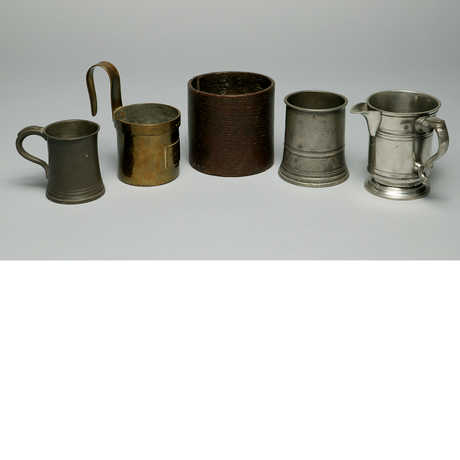
The Rietz Collection of Food Technology
The Rietz Collection of Food Technology is perhaps the only cross-cultural collection of culinary objects assembled to document historic technologies of cooking and eating. Learn more about this collection, and about how food technologies vary over time and geography.
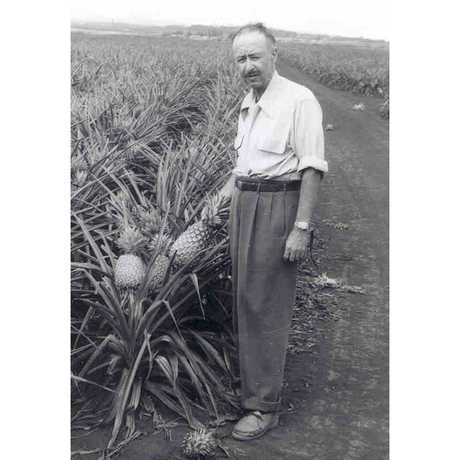
A Short Biography of Carl Austin Rietz
Collector of the Rietz Collection of Food Technology
Learn about Carl Austin Rietz, a man whose travels allowed him to amass unique collections in food technology and ancient textiles, both of which are now in the permanent collection of the Department of Anthropology at the California Academy of Sciences.
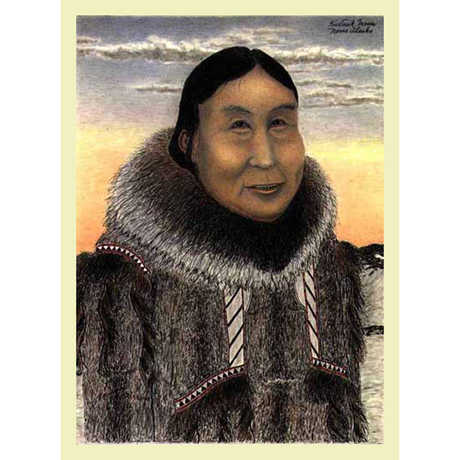
Native Alaskan Graphic Arts: Founding Artists
Artistic traditions among Alaska's native people span centuries, but flat two-dimensional drawings intended to be hung on a wall are a product of last 100 years. Beginning in the 1930s, several Inupiat artists began recording scenes of traditional arctic life on tanned seal and caribou skins. This exhibit features works by several of these artists, including George Ahgupuk, Robert Mayokok, Kivetoruk Moses, and Florence Nupok Malewotkuk.
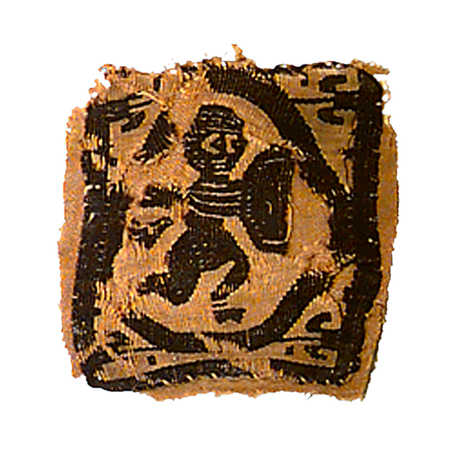
Climatic conditions in Egypt are especially favorable for preservation, thus the region boasts one of the most well documented textile histories in the world. During the Coptic era (1st millennium CE), weavers in Egypt produced an amazing variety of woven textiles, preserved today mostly as fragments. This exhibit, illustrated with examples from the Academy's Rietz Collection of Coptic Textiles, explores the world of the Coptic weavers and the products of their looms.
A catalog of the Rietz Collection of Coptic Textiles is available for purchase.
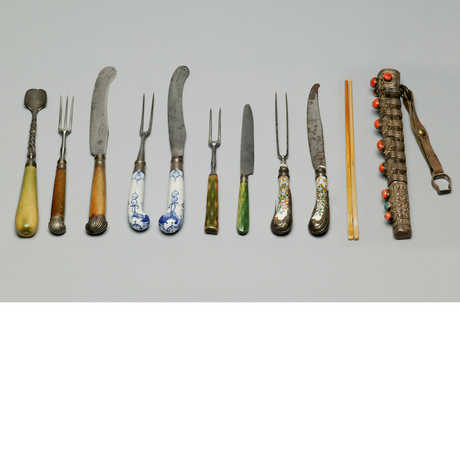
The History of Eating Utensils
When sitting down to eat a meal, people seldom give thought to the utensils before them. Yet the history of tableware is fascinating. Changes in eating habits, social trends, and the blending of cultures have all affected both the form and function of cutlery and its social implications. Examples of tableware from the Academy's Rietz Collection of Food Technology illustrate the history of eating utensils.
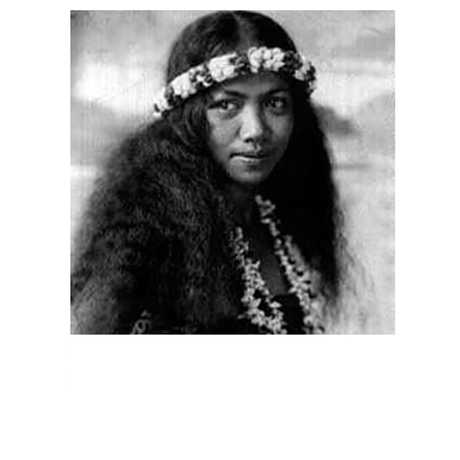
The Pacific Voyages of Rollo Beck
During the 1920s, the American Museum of Natural History sponsored the Whitney Expedition to collect natural history specimens from the South Pacific. Noted ornithologist, Rollo Beck, was a member of the expedition's team. Beck and his wife, Ida Beck, were also avocational anthropologists. Apart from their official duties as part of the expedition, the Becks studied and photographed the native people wherever the expedition took them and collected examples of native material culture. This exhibit traces the Beck's travels through their diaries and photographs and showcases some of the nearly 500 objects they collected, now part of the Academy's permanent research collection.
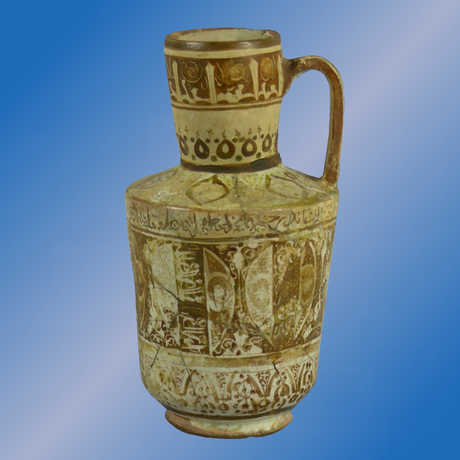
Ceramics of the Persian Empire
This exhibit traces the development of ceramic wares, or pottery, in the ancient Persian Empire. The region has a long history of political unrest, and the influx of new cultures and ceramic traditions is reflected over time in the pottery. Examples of Persian ceramics dating between the 12th and 18th centuries, selected from the Academy's Rietz Collection of Food Technology, illustrate some of these changes and variation in ceramic techniques.
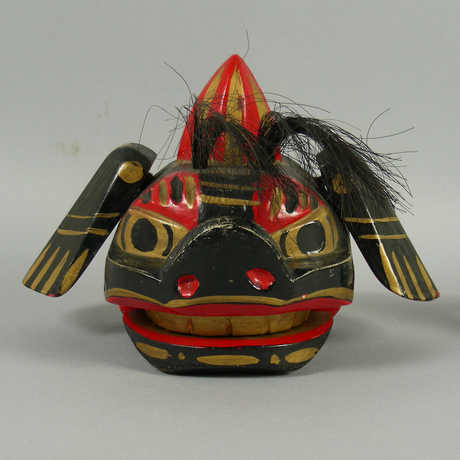
Festivals, religious shrines, folk tales, and mythical heroes are all integral parts of Japanese culture. Throughout Japan, local craftsmen produce hundreds of figurines, carvings, paper constructions and other souvenirs to commemorate, celebrate, or simply remind people of these traditions. Collectively, these objects are called folk toys, but few of them are intended as play things. This exhibit explains the cultural importance of these seemingly simple "toys," drawn from the Academy's collection of more than 500 examples.
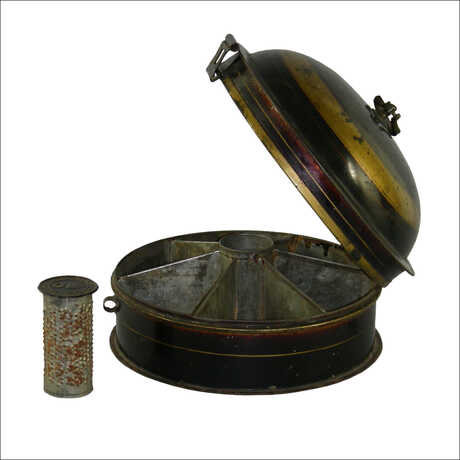
This exhibit will take you back to the Victorian Period to learn about tableware and kitchen tools. Discover how the 19th Century Industrial Revolution changed the ways people prepared, served, and ate food. These changes were only possible with the invention of many new labor-saving kitchen utensils.
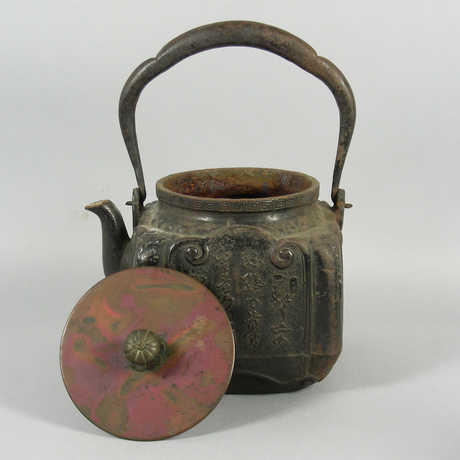
Tetsubin: Iron Treasures of Japan
In traditional Japanese society, the tea ceremony is a solemn event, marked by ritual and symbolism. The tetsubin is a small, teapot-shaped, cast iron water kettle used to heat water for tea. This exhibit traces the history of the tetsubin in Japan and discusses the aesthetics of various styles, as seen in examples from the Academy's collection.
Share This
From Hopi katsinam to Japanese folk toys, our collection includes objects from around the globe.
Catalogs of select portions of the Academy's Anthropology collection have been produced over the years. Southwestern Indian pottery and jewelry, Coptic textiles, and Polynesian tapa cloth have all been featured.
How to access our collections, donate objects, apply for an internship, and more.